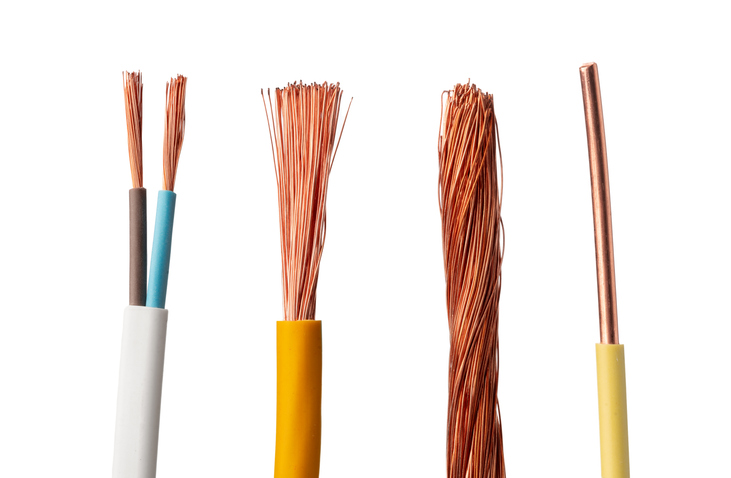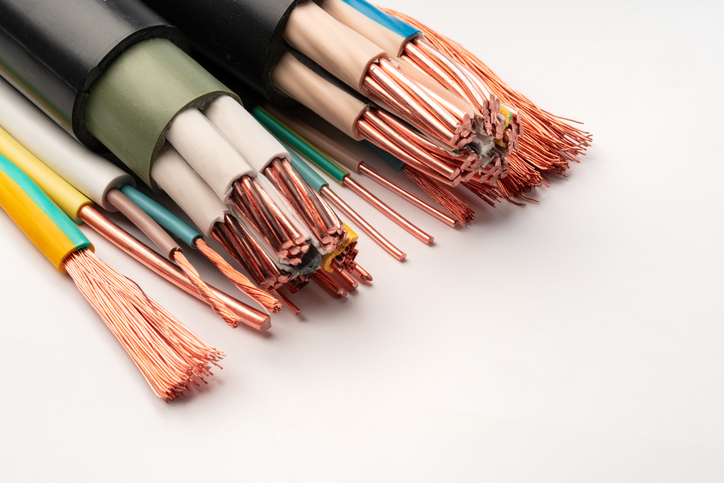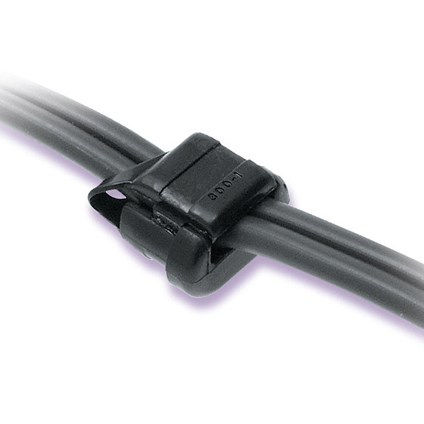What is a Cable?
Understanding the Basics of Cables
Cables, or cabling, play a crucial role in our modern world by facilitating the transmission of electricity and data. In essence, a cable is formed by twisting together two or more insulated conductors, which allows for efficient and reliable connectivity.
Types of Cable Configurations
Multi-Conductor Cables
Multi-conductor cables come in a diverse range of configurations to suit various applications. These configurations can include:
- Single Twisted Pair: This is the simplest form of a multi-conductor cable, consisting of one pair of twisted insulated wires. It's commonly used in telecommunication and networking applications.
- Multiple Pairs: Some cables feature several twisted pairs, which are often used in complex communication systems to reduce electromagnetic interference and enhance signal quality.
- Combination Cables: These cables can have a mix of twisted pairs, individual conductors, and other components, offering versatility for specialized applications.
Parallel Constructions
Parallel constructions offer another approach to cable design, providing unique advantages for specific uses. Two notable types include:
- Ribbon Cables: These consist of multiple conductors running parallel to each other in a flat, ribbon-like format. Ribbon cables are widely used in computer systems and electronic devices due to their compact form and ease of installation.
- Woven Flat Cables: These cables feature a woven structure, which offers flexibility and durability. They're particularly useful in environments where cables need to withstand frequent bending and movement.
Applications of Different Cable Types
Understanding the various types of cables and their configurations is essential for selecting the right cable for a specific application. Each type of cable offers unique benefits tailored to its intended use.
Communication Systems
In communication systems, the quality and reliability of signal transmission are paramount. Multi-conductor cables, especially those with multiple twisted pairs, are ideal for these applications. They help minimize interference and ensure clear signal transmission, making them indispensable in telecommunications and networking.
Computer and Electronics
For computer systems and electronic devices, ribbon cables are a popular choice. Their flat design makes them easy to install in tight spaces, and they provide reliable connections between components. This makes them a staple in internal computer wiring and connections within electronic equipment.
Industrial and Flexible Applications
In industrial settings, where cables often face harsh conditions and frequent movement, woven flat cables offer the necessary durability and flexibility. These cables can withstand the rigors of industrial environments, ensuring reliable performance over time. Learn more about how to choose cable for industrial use.
Environmental Considerations
Cables used in industrial or outdoor settings must be able to withstand environmental challenges such as extreme temperatures, moisture, and mechanical stress. Selecting a cable designed for these conditions ensures reliable performance and prevents premature failure.
Flexibility and Durability
In applications where cables need to bend and move frequently, such as in robotics or machinery, flexibility and durability are key. Woven flat cables and other flexible constructions are designed to handle these demands, providing reliable performance in dynamic environments.
The Importance of Proper Cable Selection
Selecting the right cable is crucial for ensuring the performance and longevity of any system. Factors to consider include the environment in which the cable will be used, the type of signal being transmitted, and any specific requirements for flexibility or durability.
Cables are a fundamental component in the transmission of electricity and data, with various types and configurations tailored to specific applications. From multi-conductor cables in communication systems to ribbon and woven flat cables in electronics and industrial settings, understanding the different options available helps ensure optimal performance and longevity. By considering factors such as the environment, signal type, and requirements for flexibility, you can select the right cable for any application.
Related Resources

What is a Wire?
Wire refers to a single, usually cylindrical, strand or rod of metal which is used to carry electricity and telecommunications signals. Learn More
How to Choose the Right Wire or Cable
In selecting a wire or cable for an application, several factors should be considered. Learn More
Flat Cable
Although flat jacketed cable can be constructed from the same range of wire types as those used in ribbon cable, in practice this configuration is usually restricted to vinyl insulated wires and vinyl jackets.Learn More


